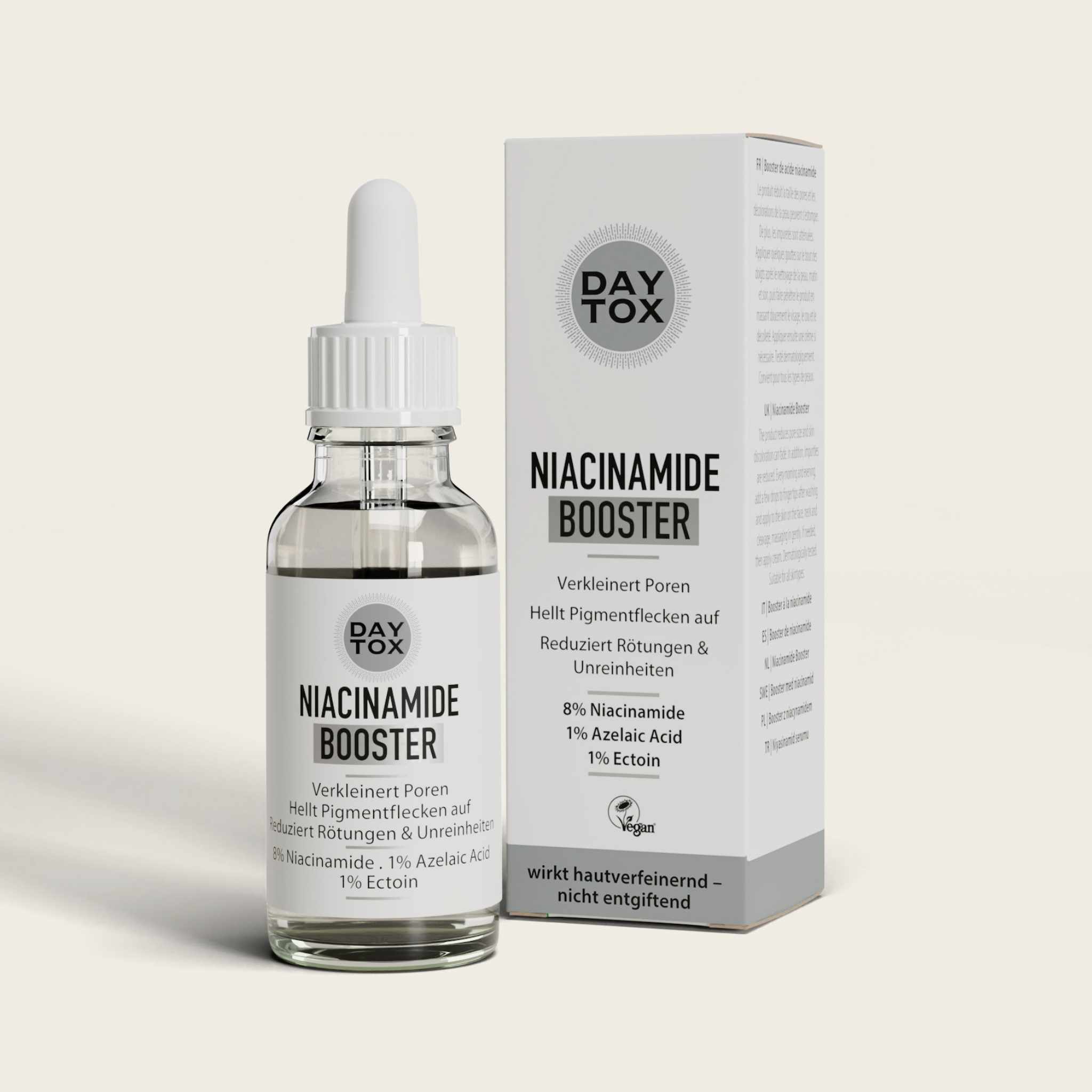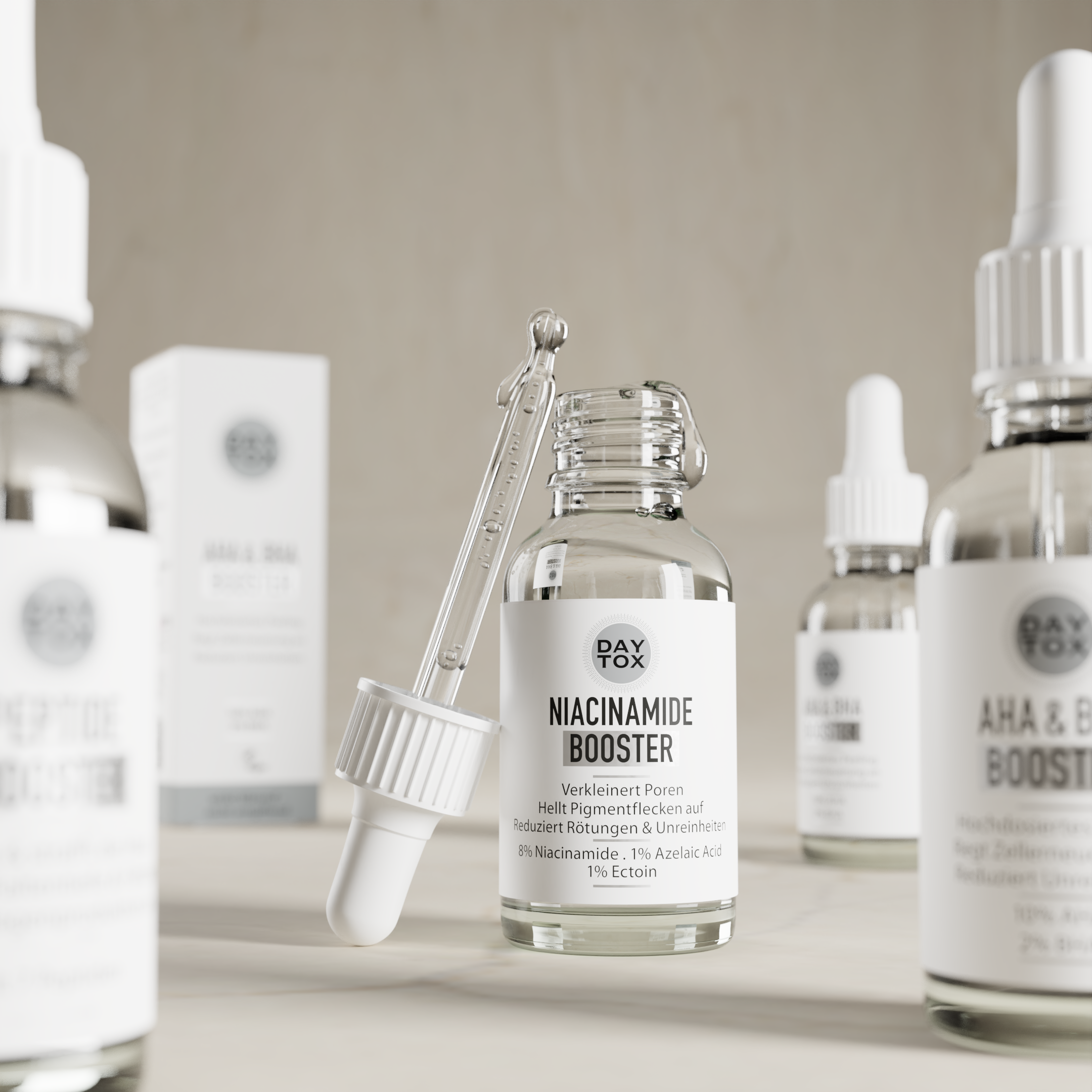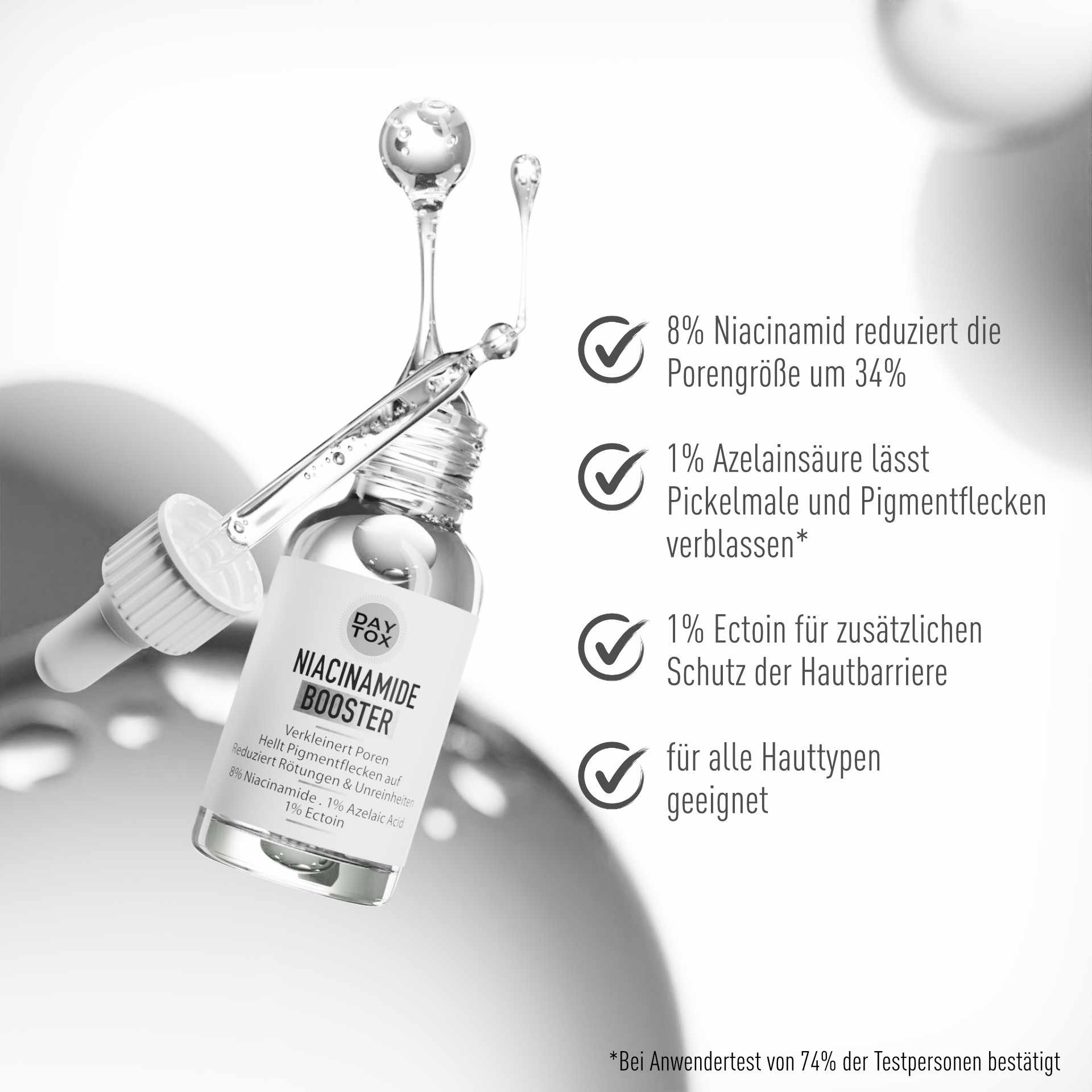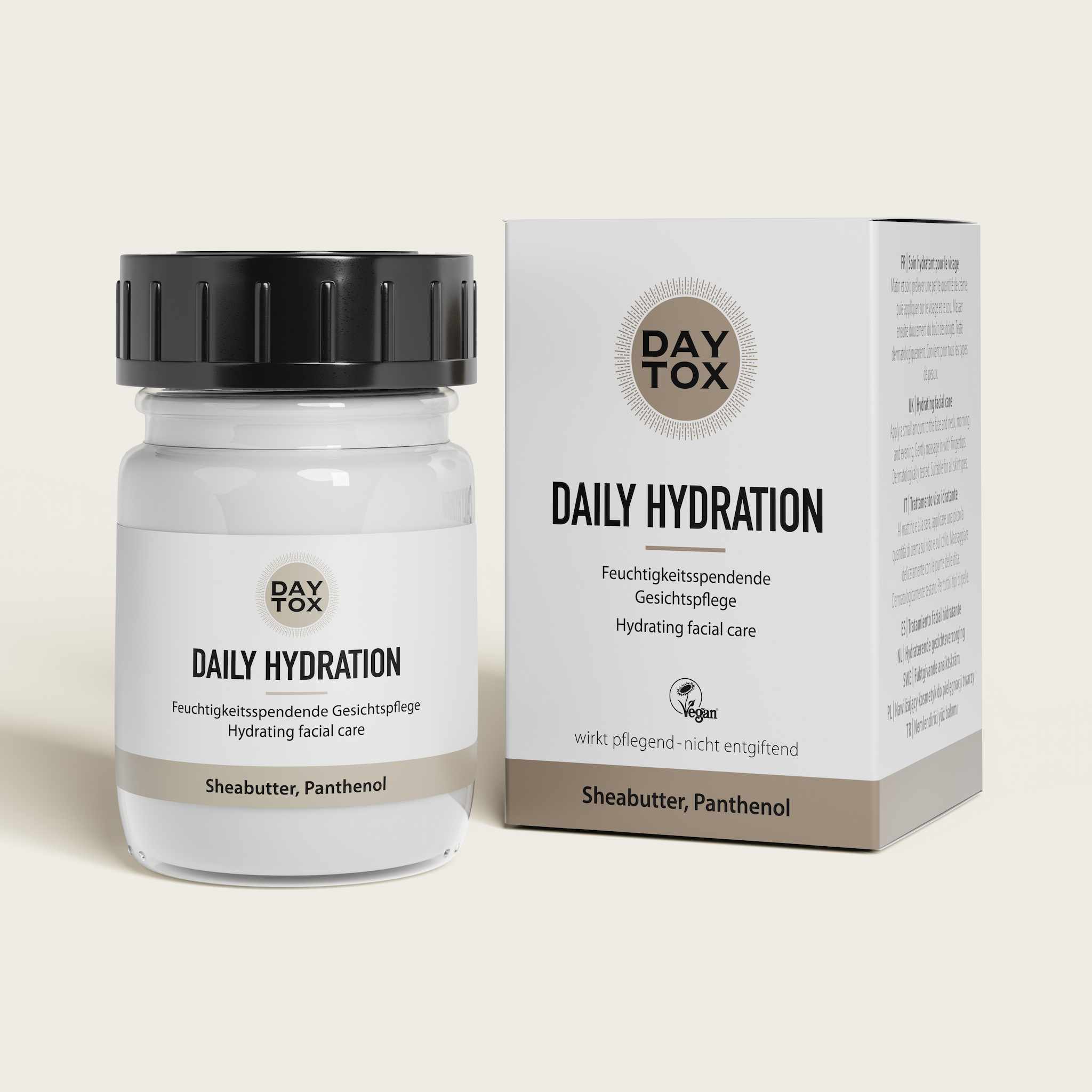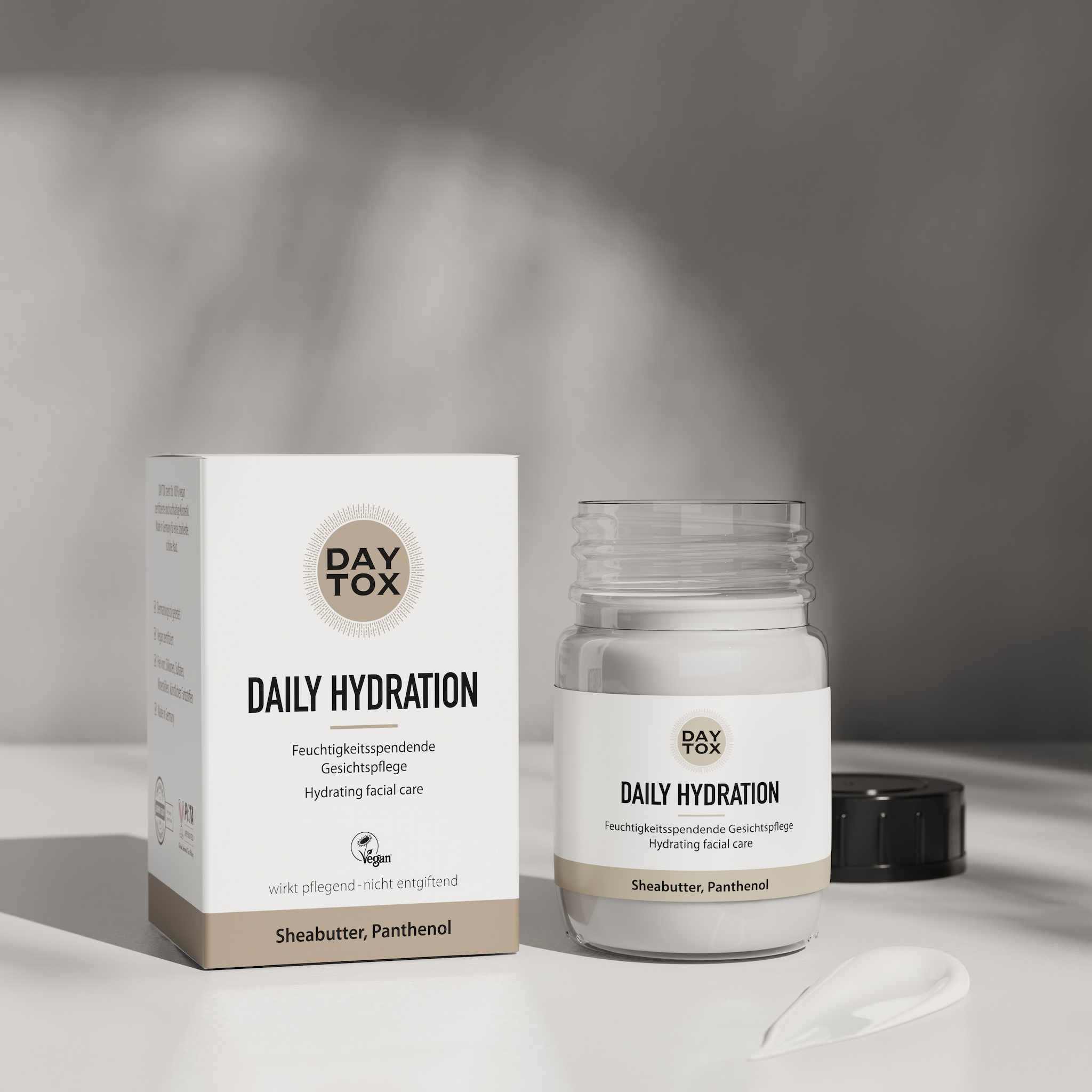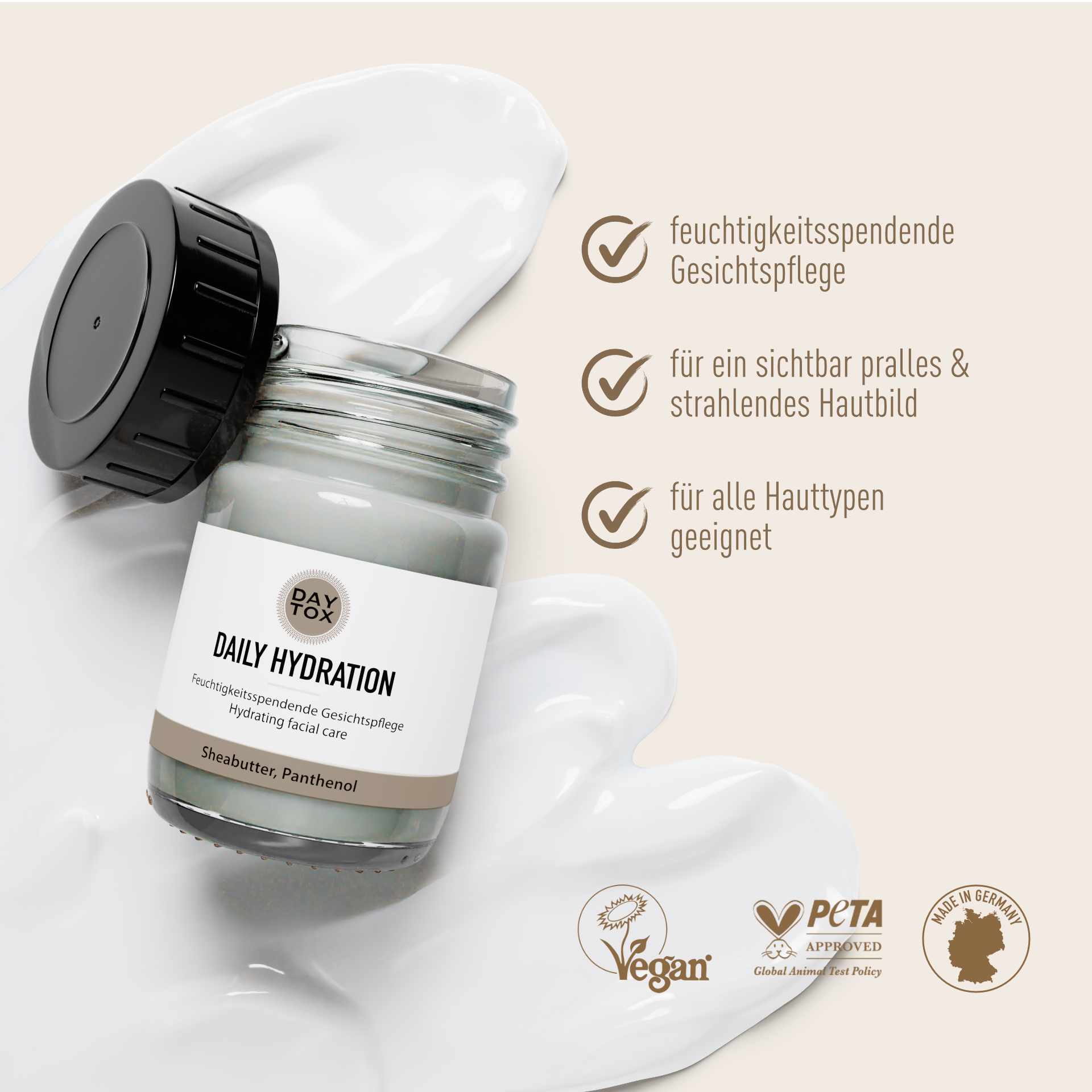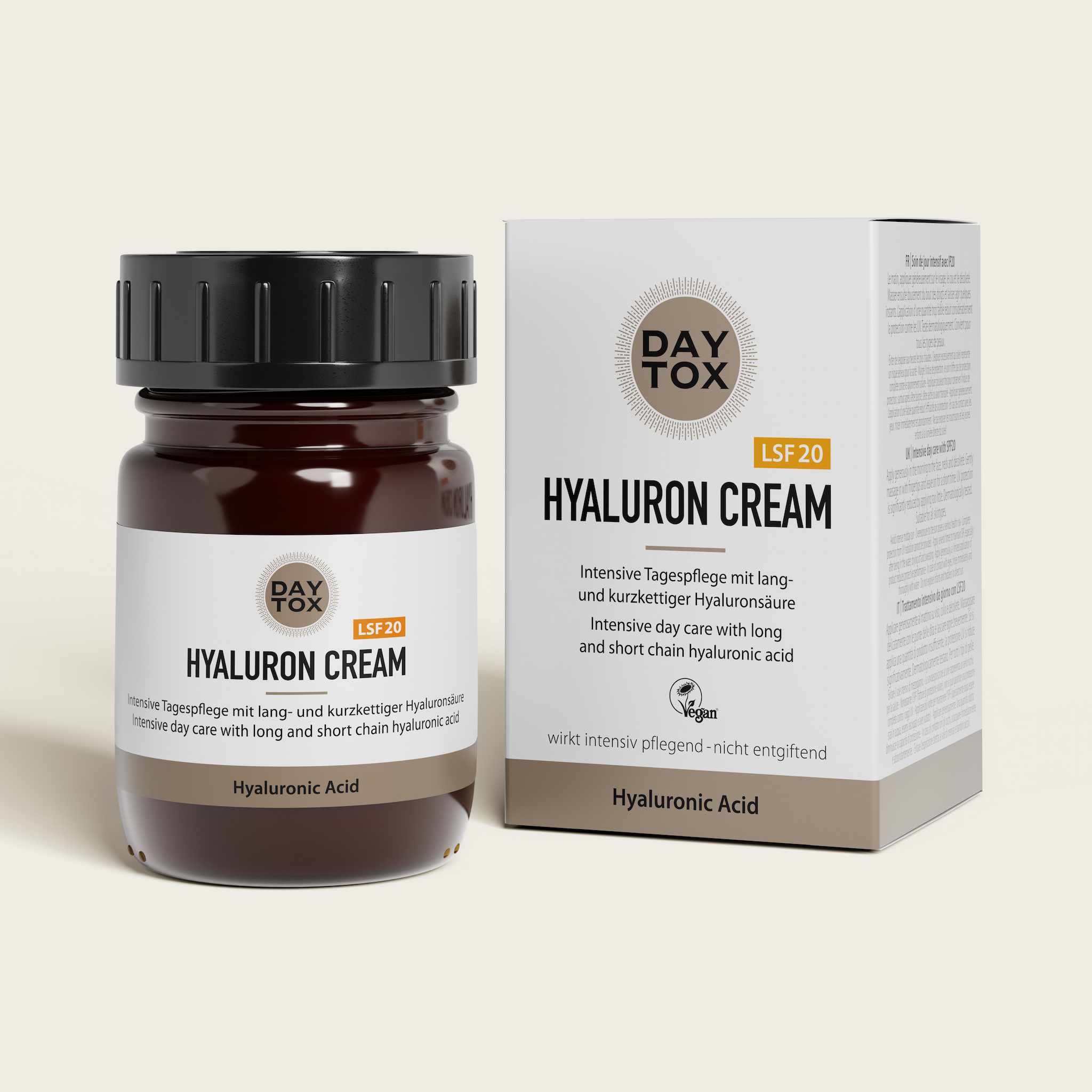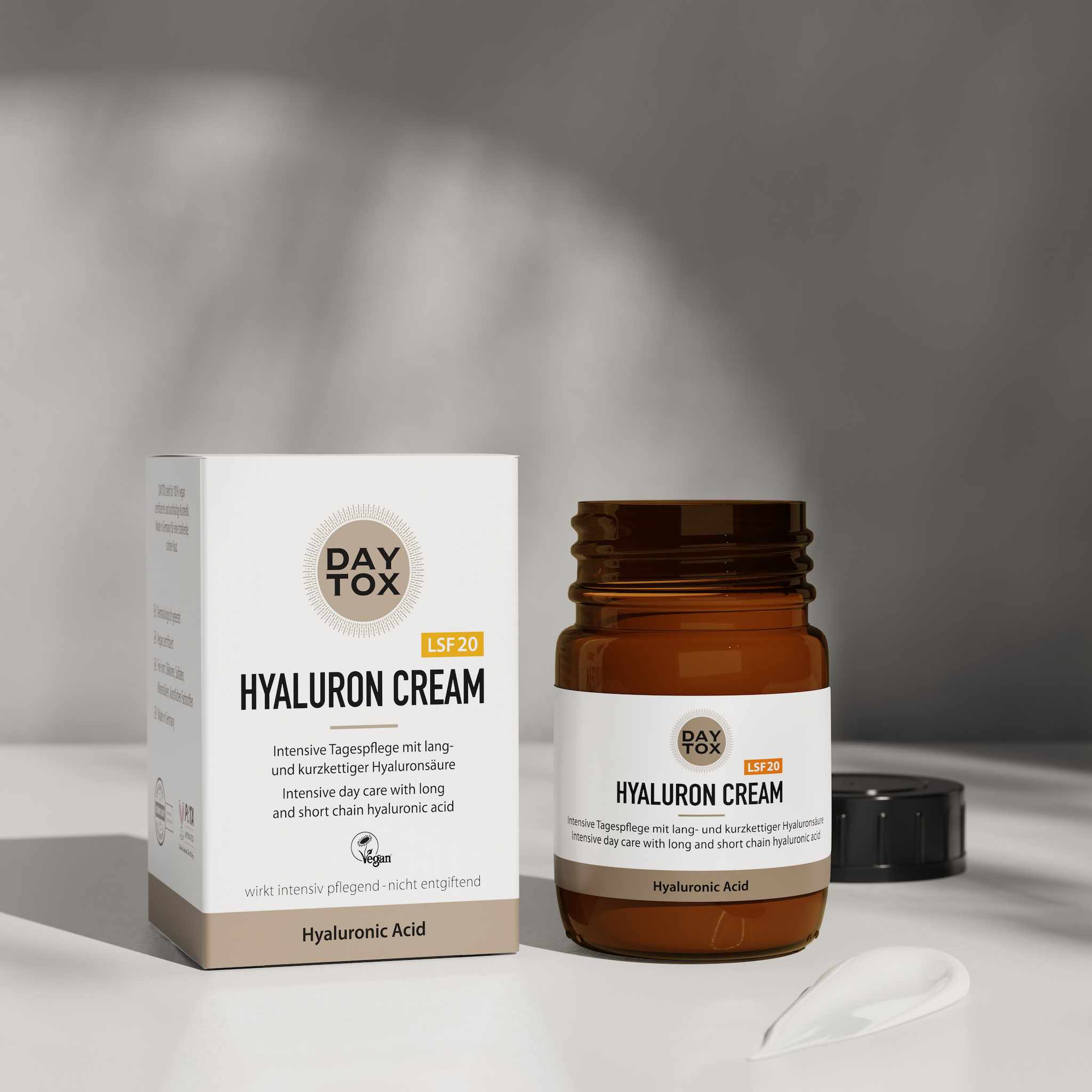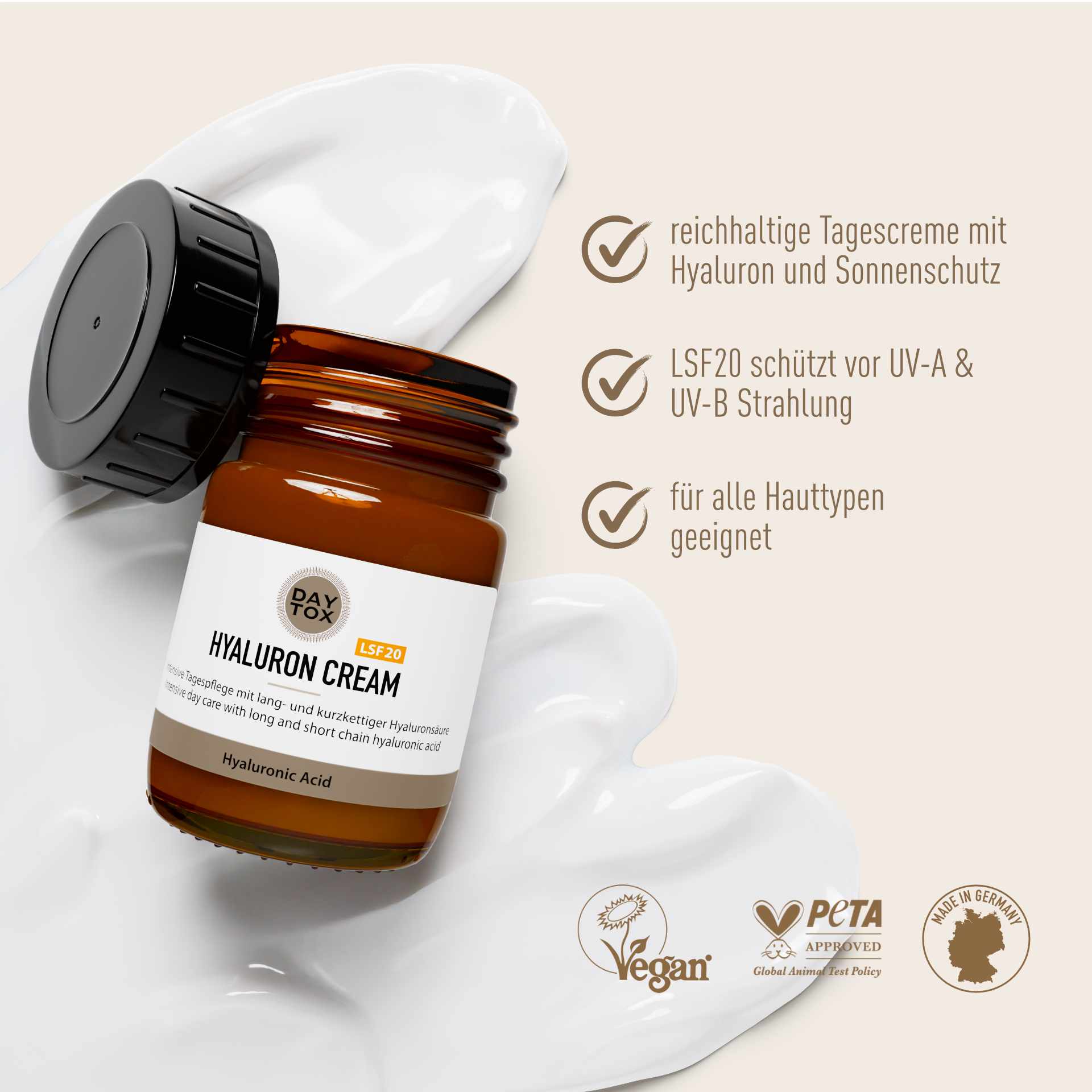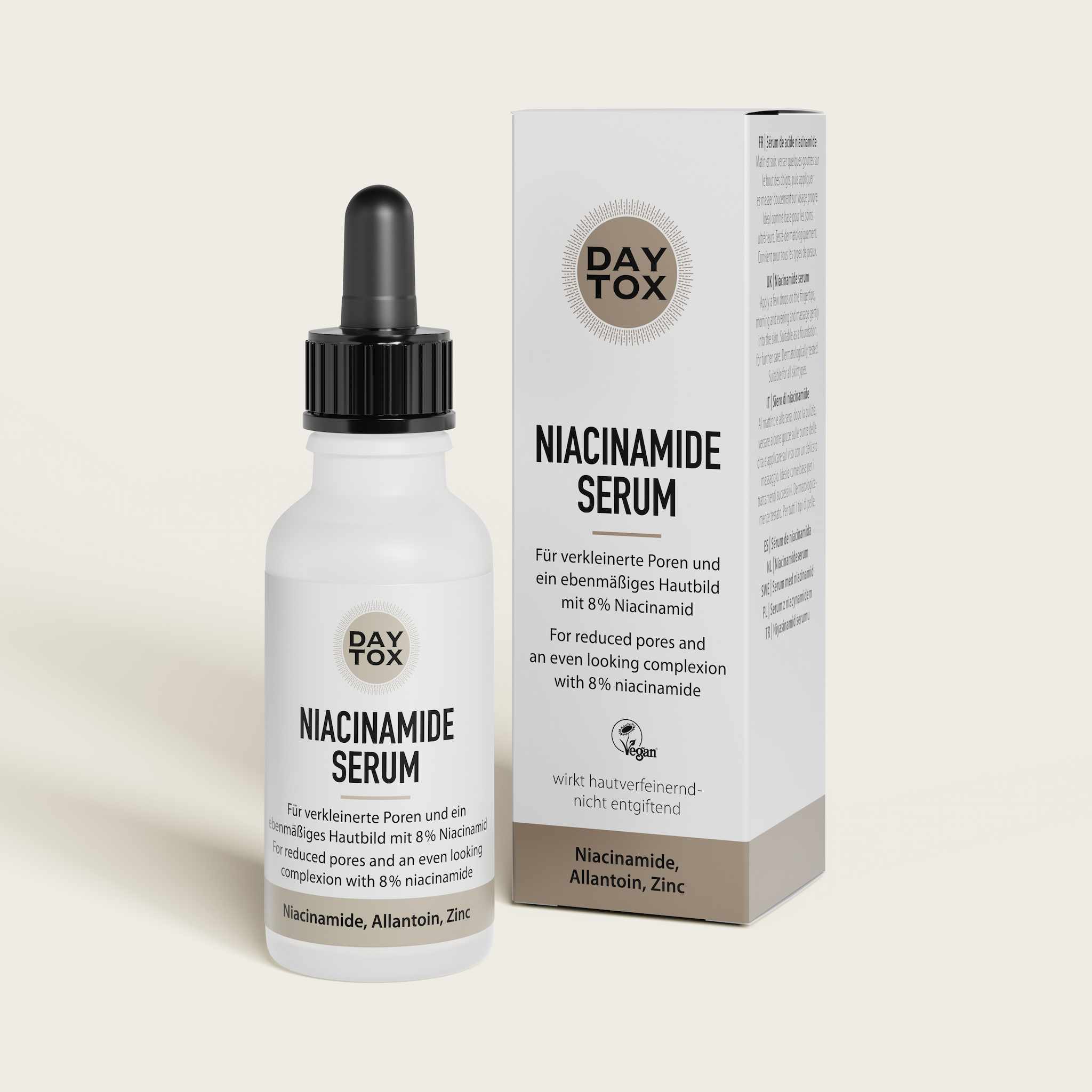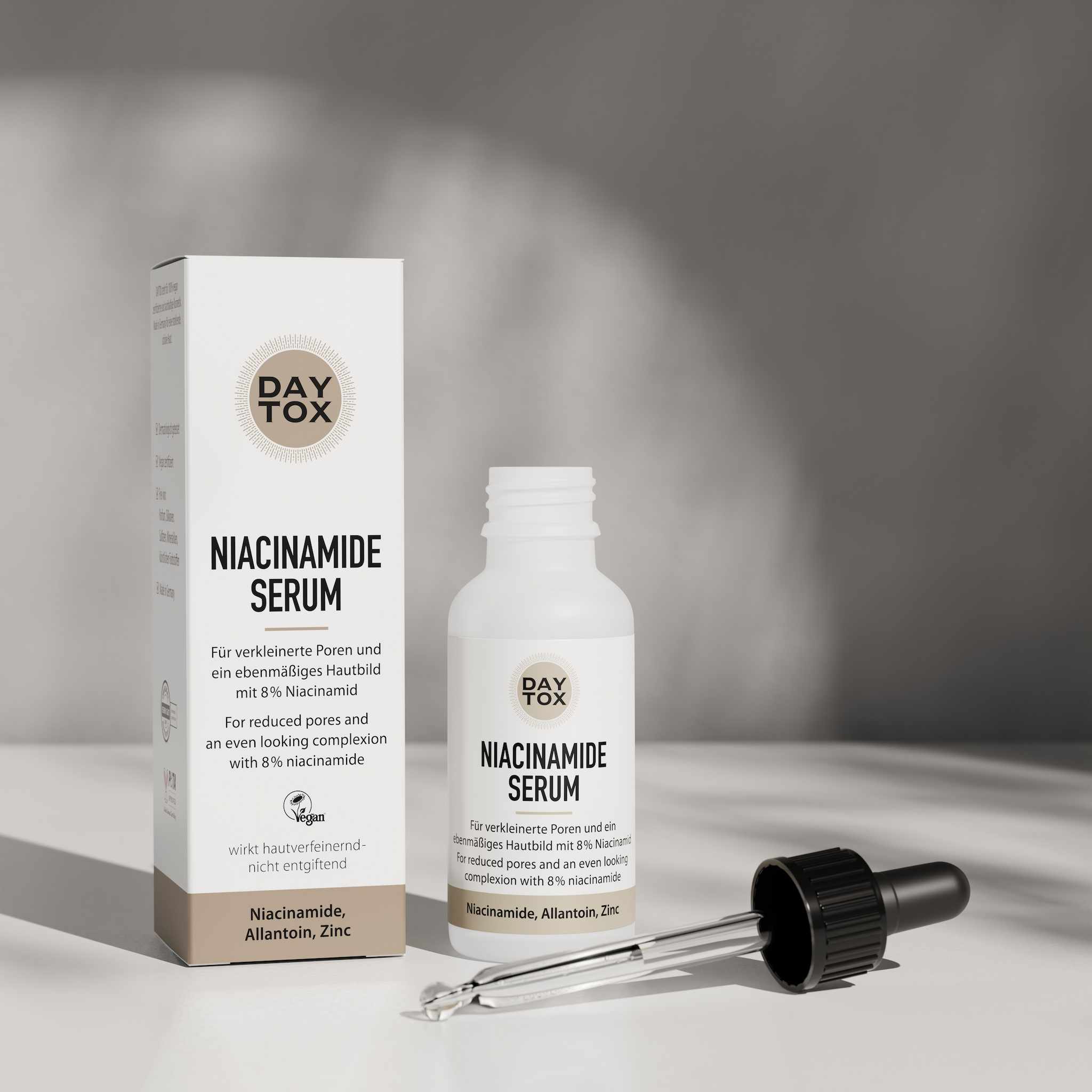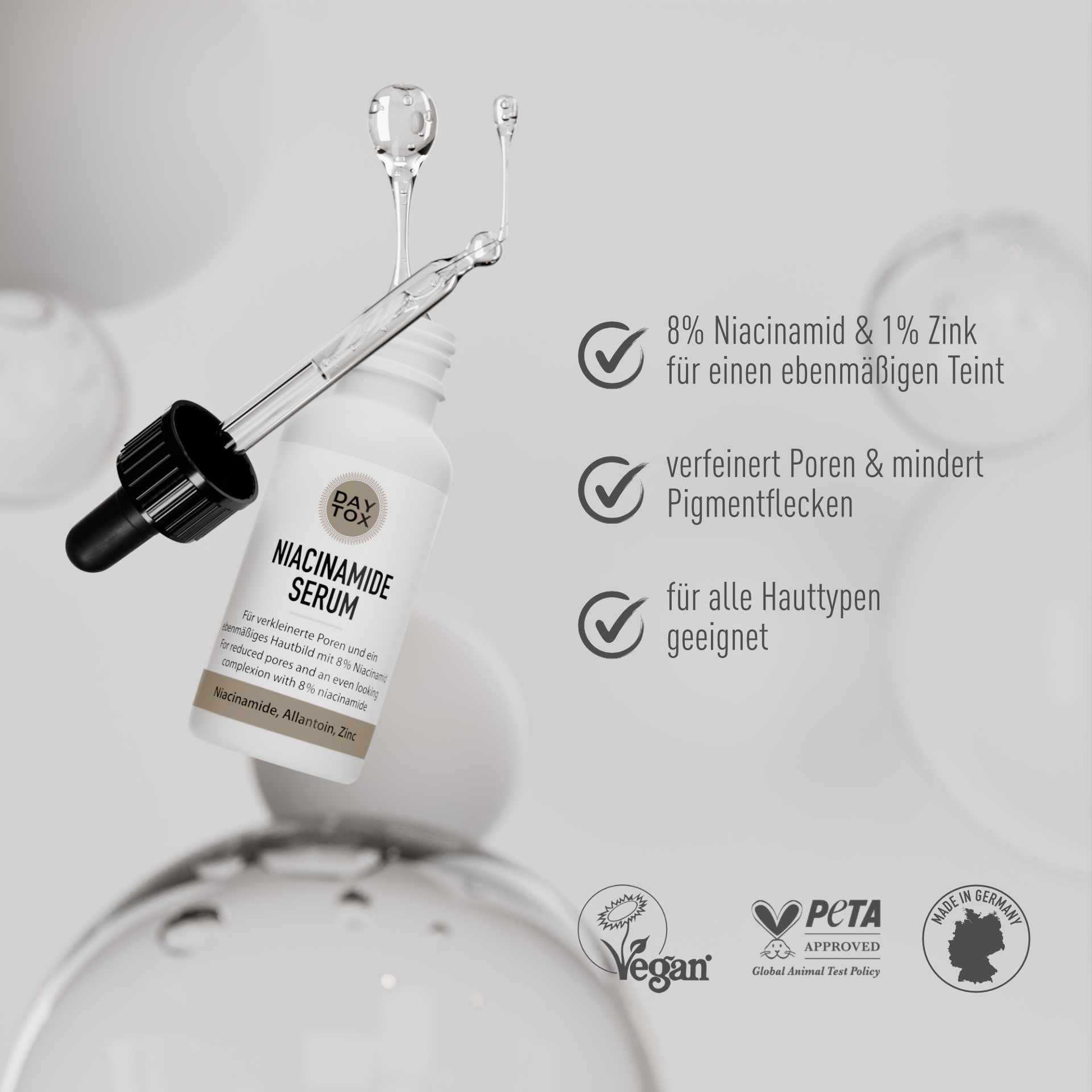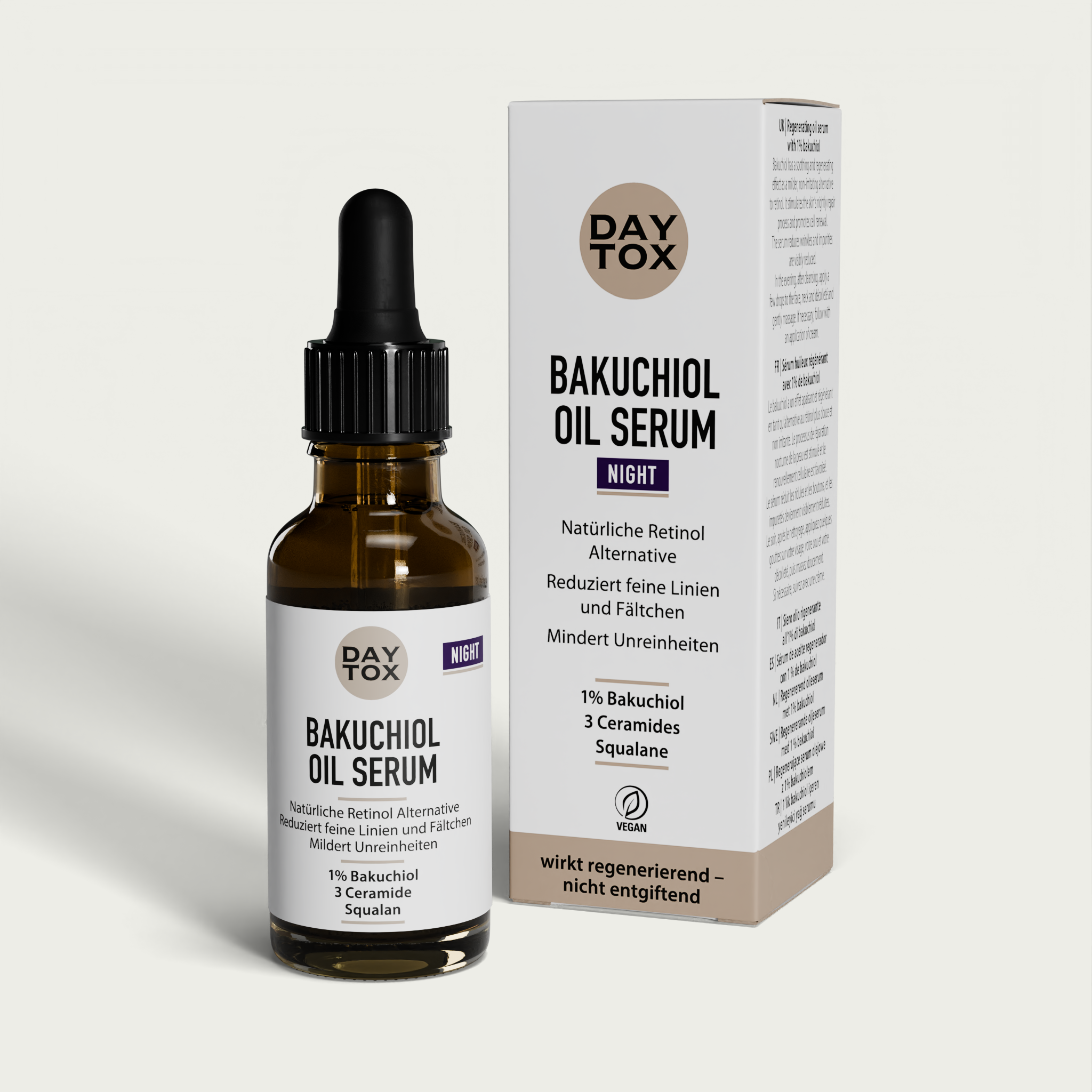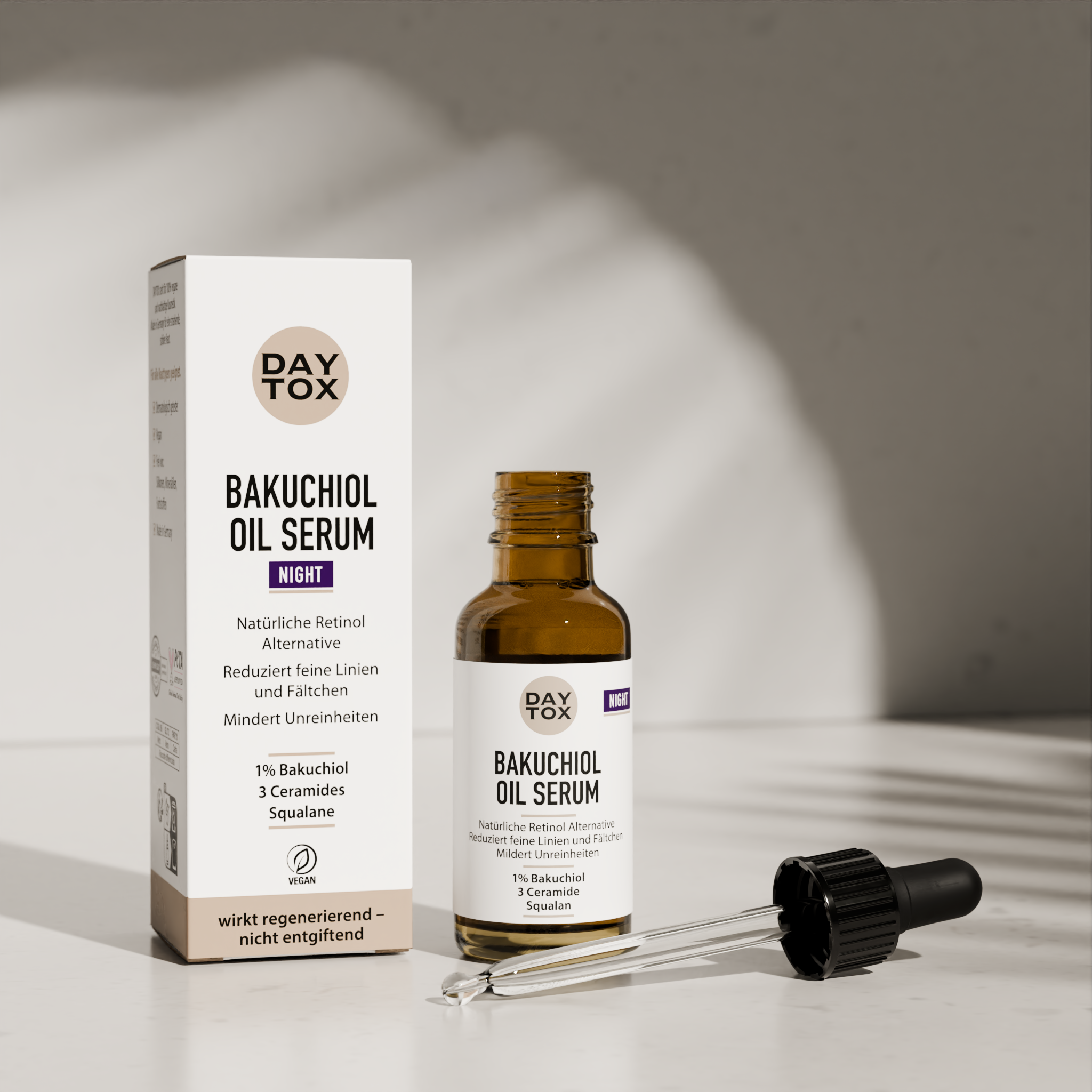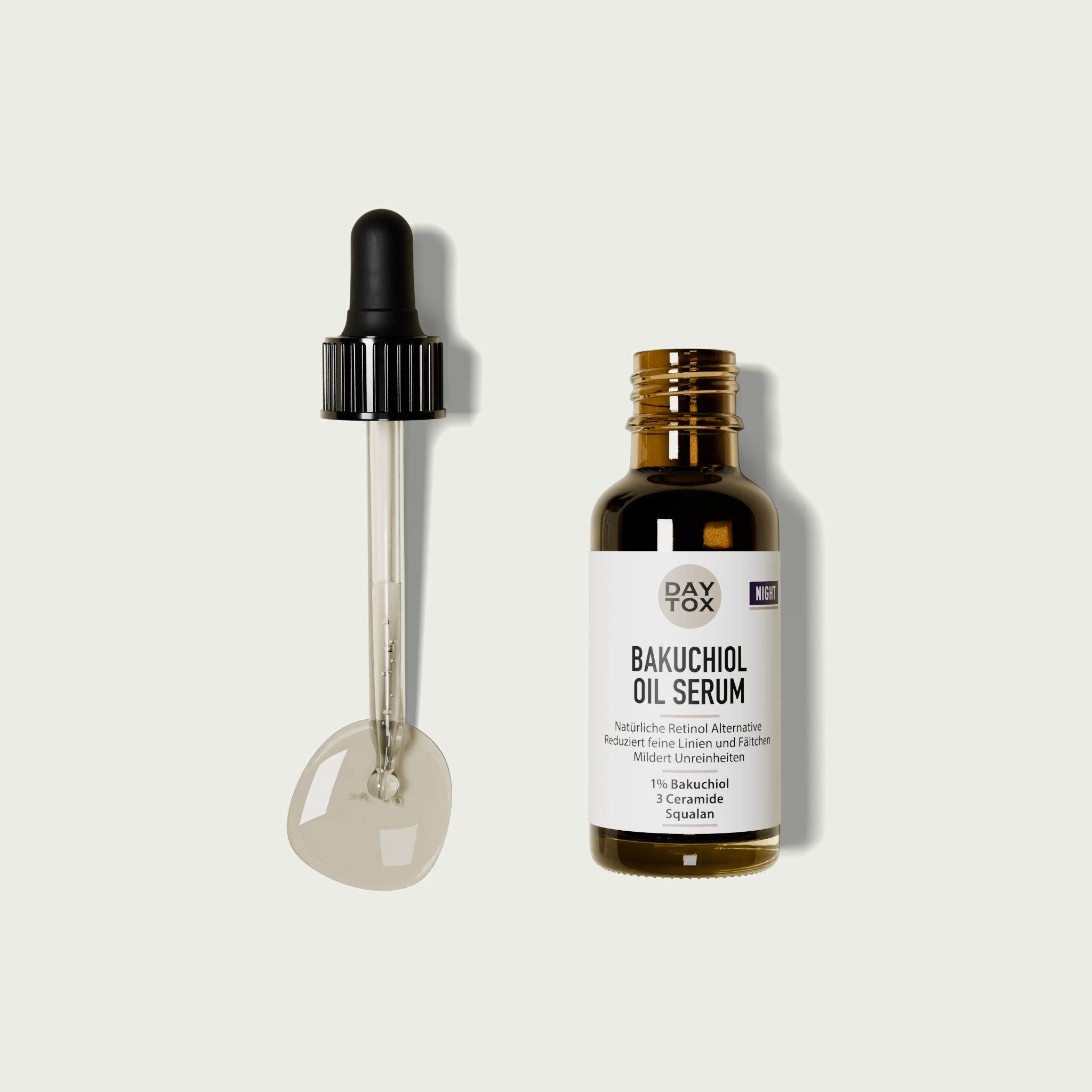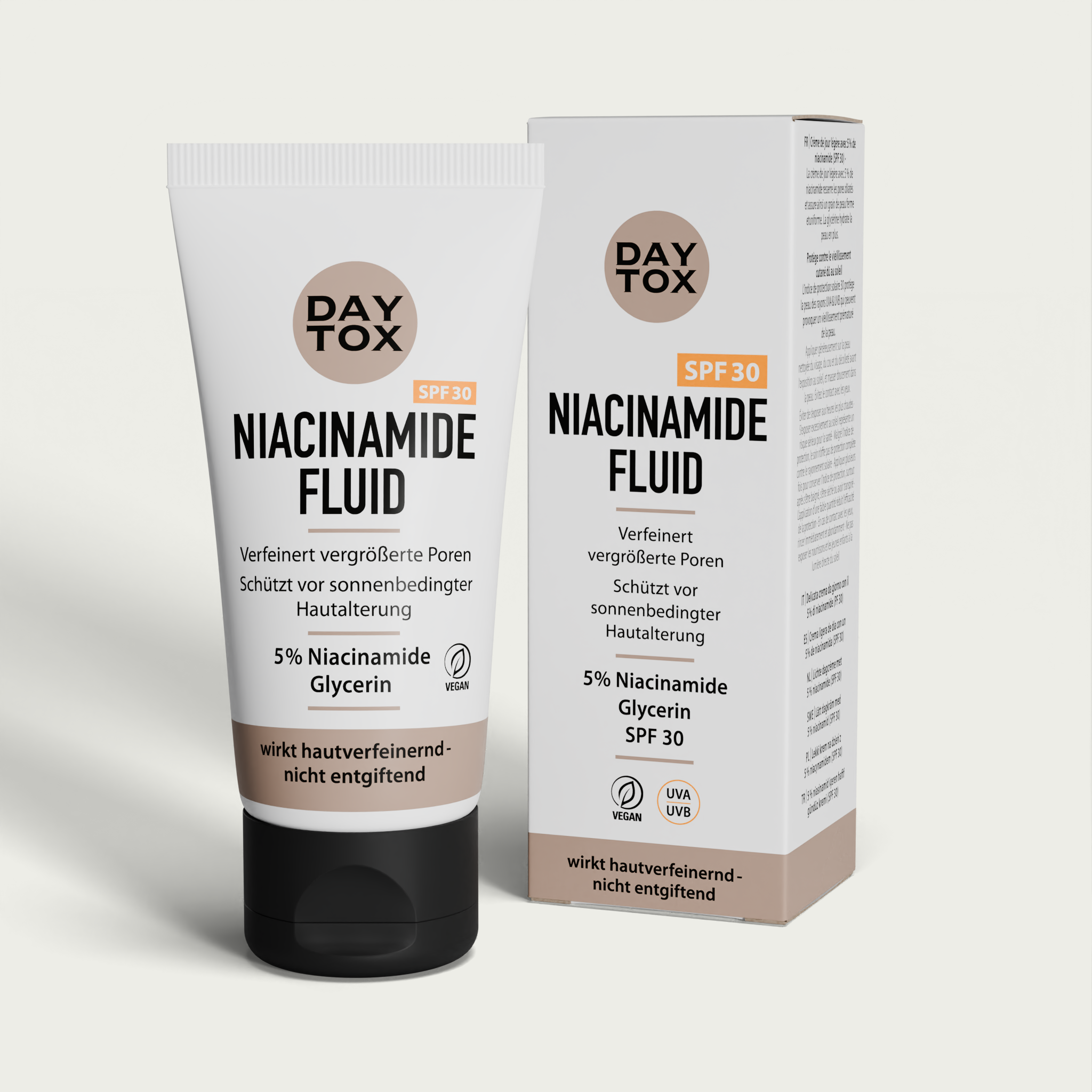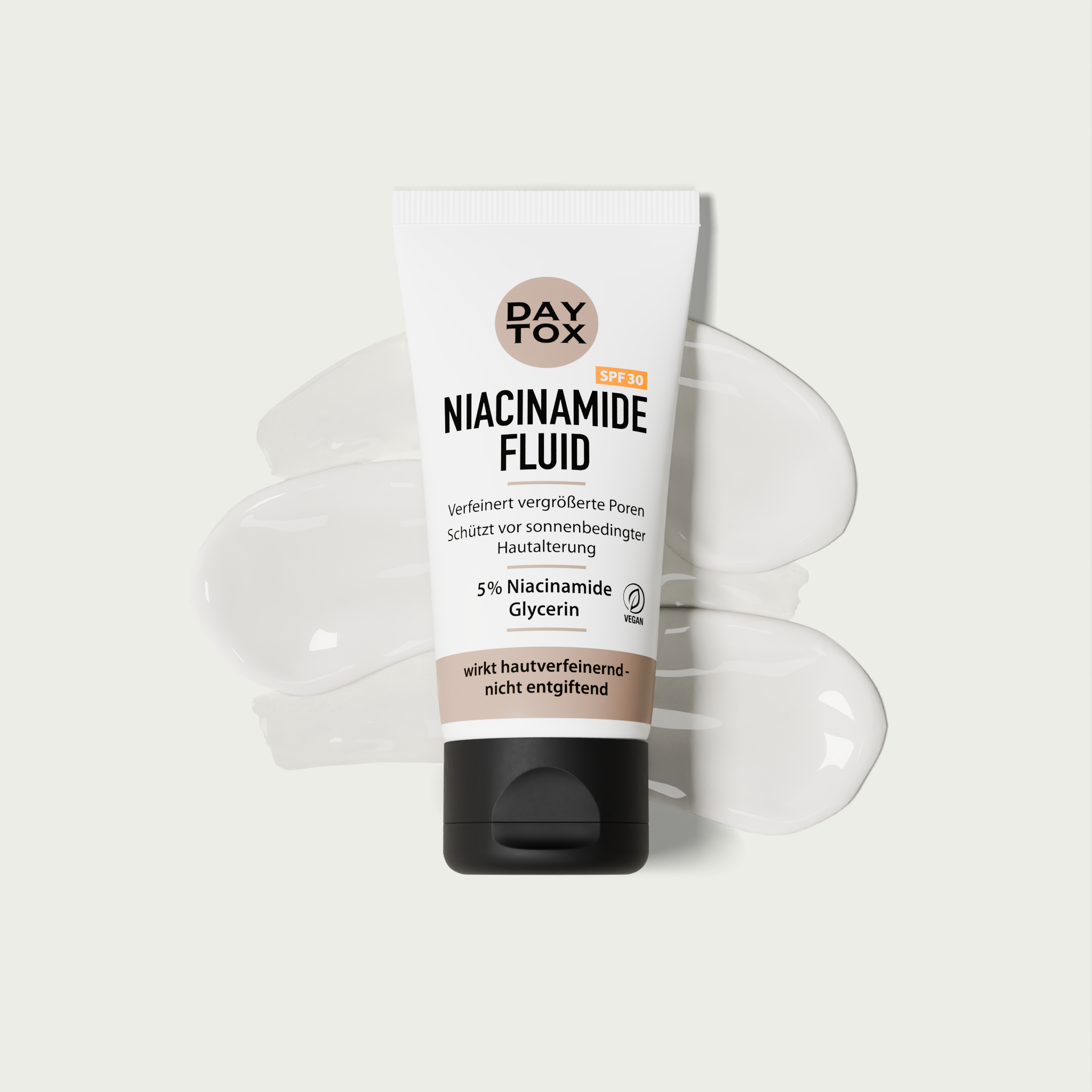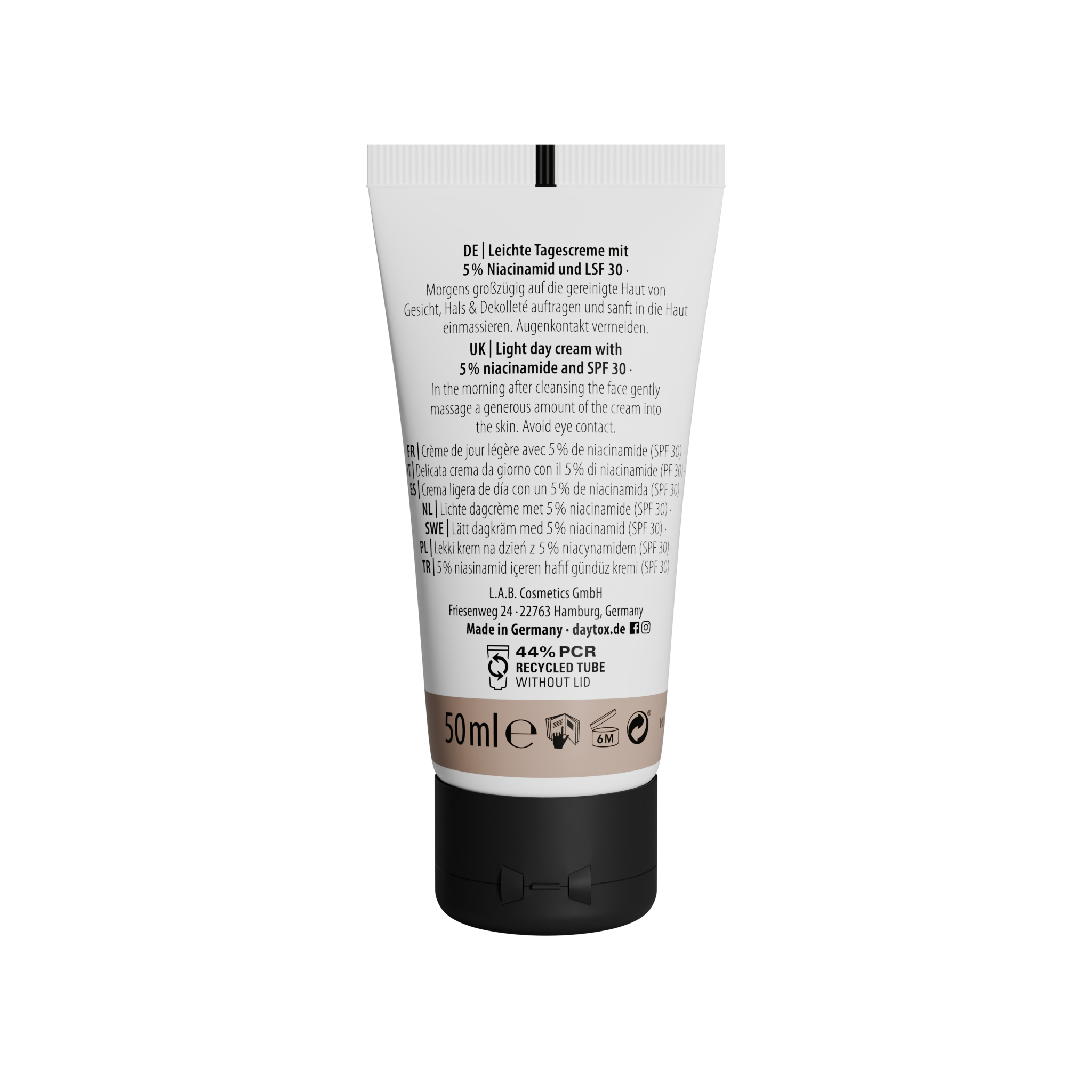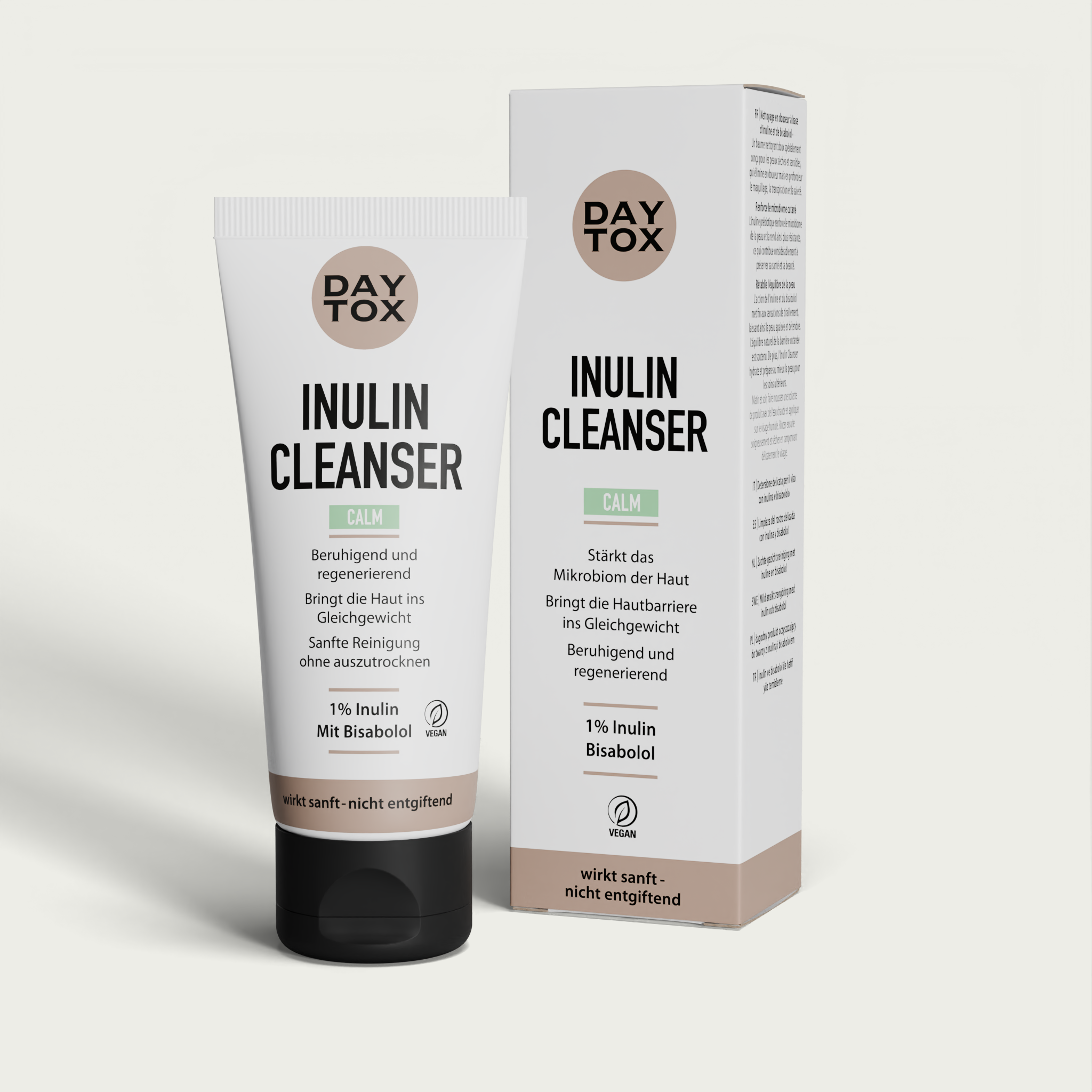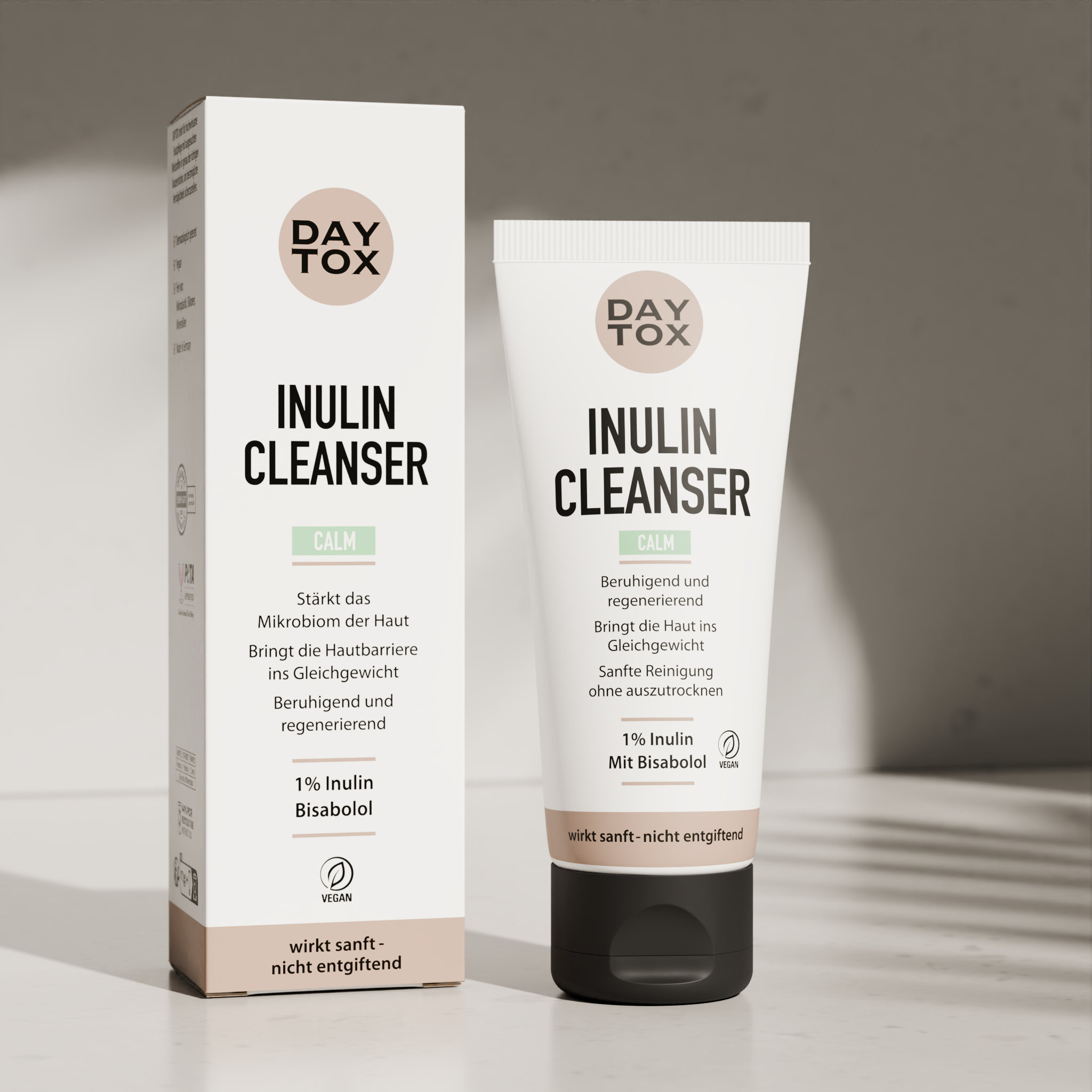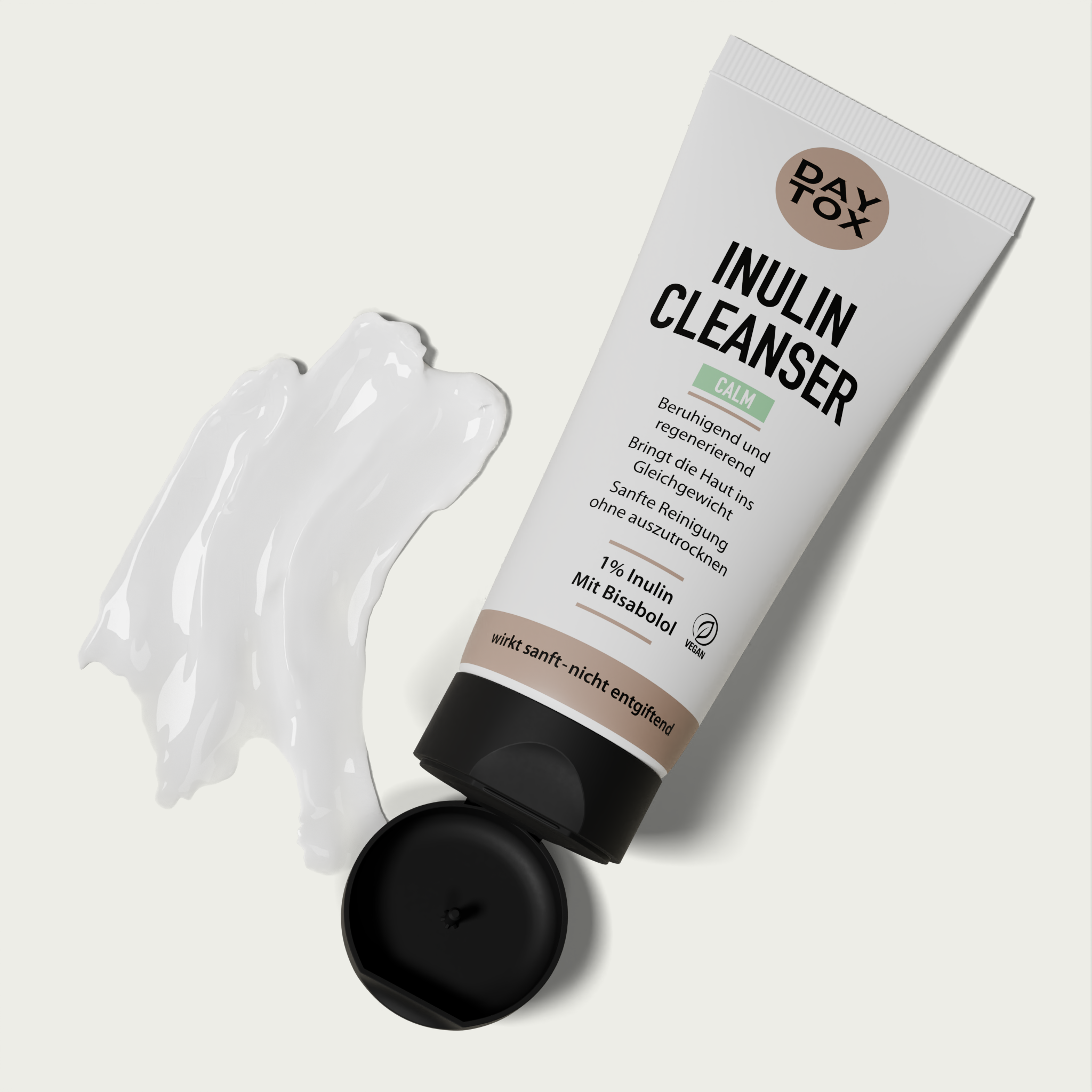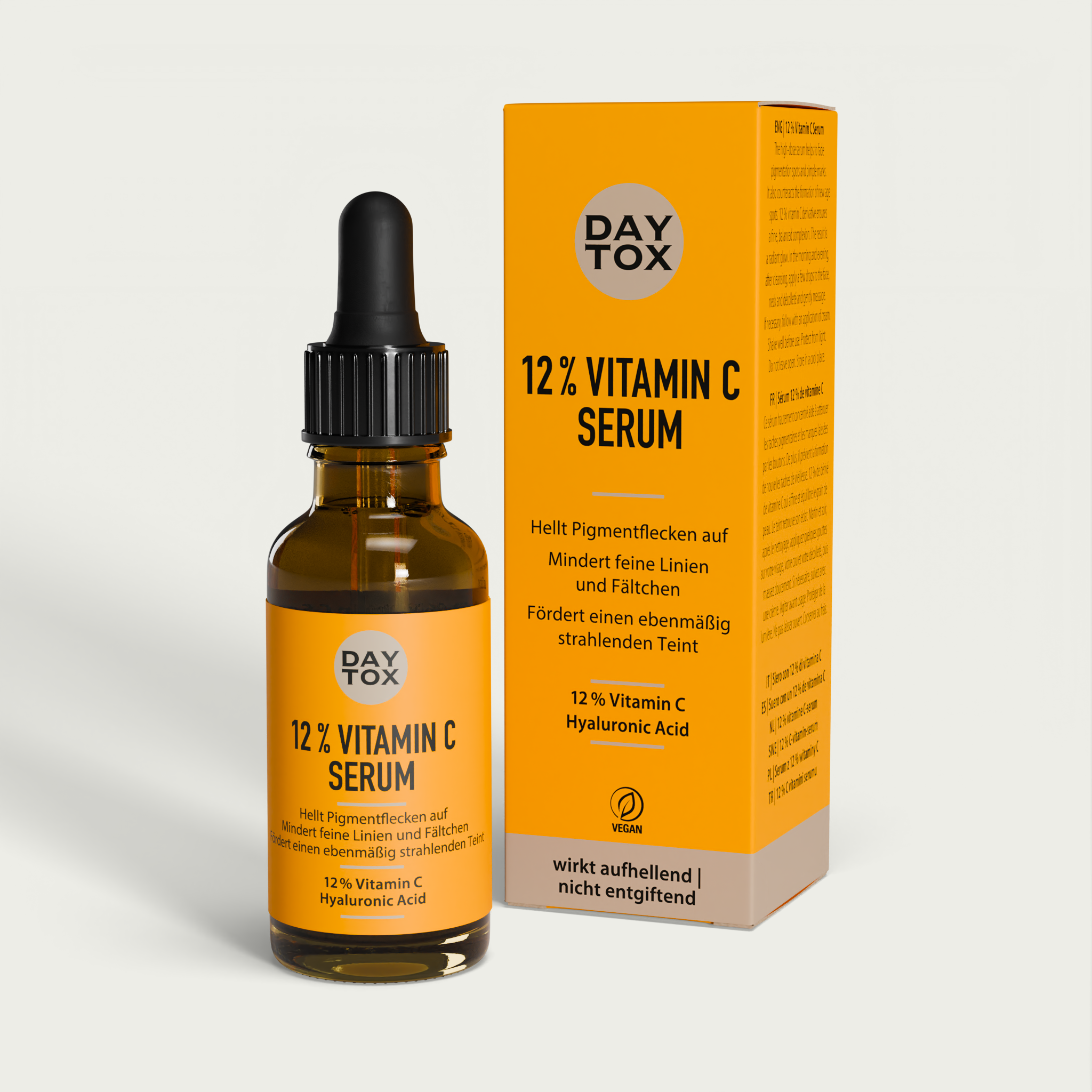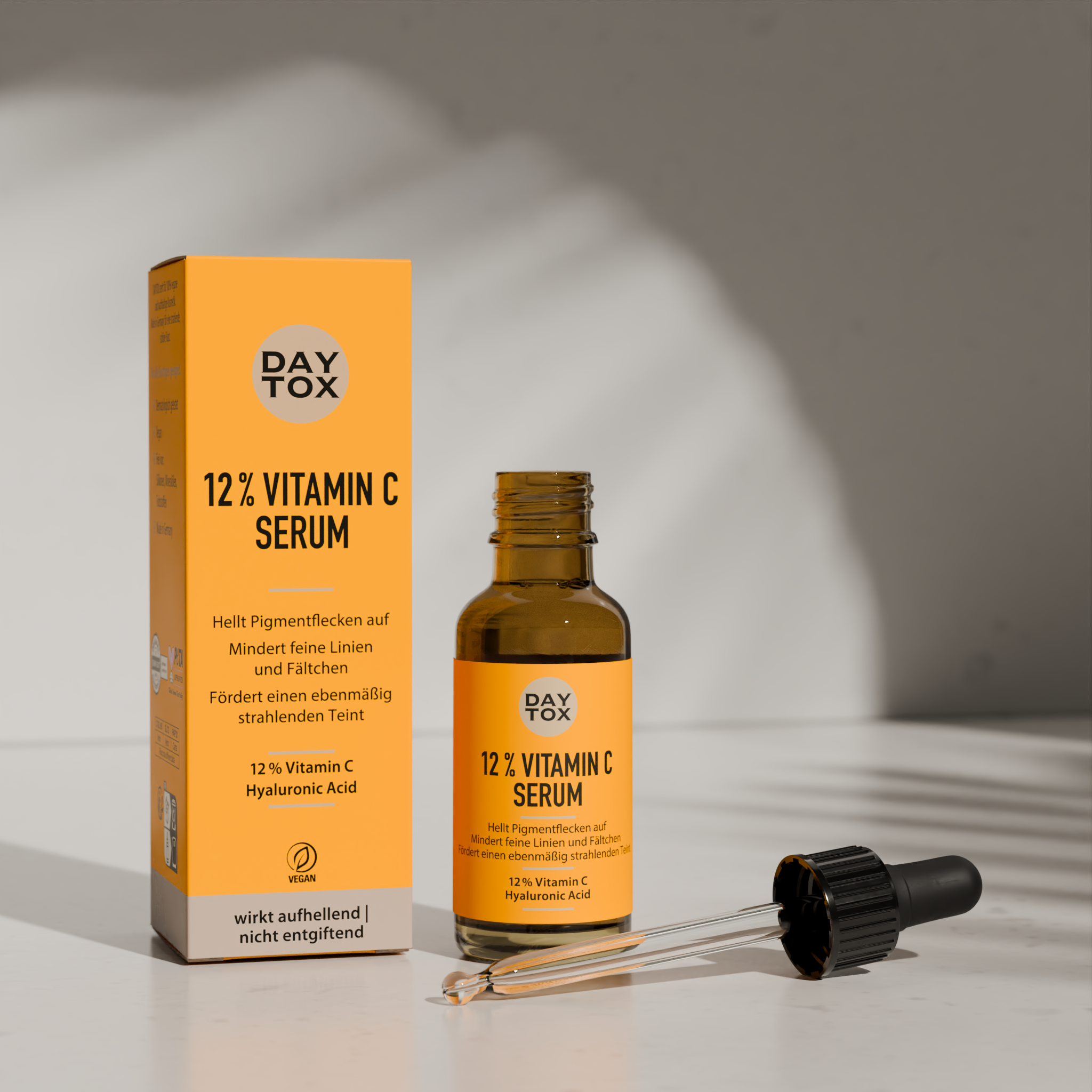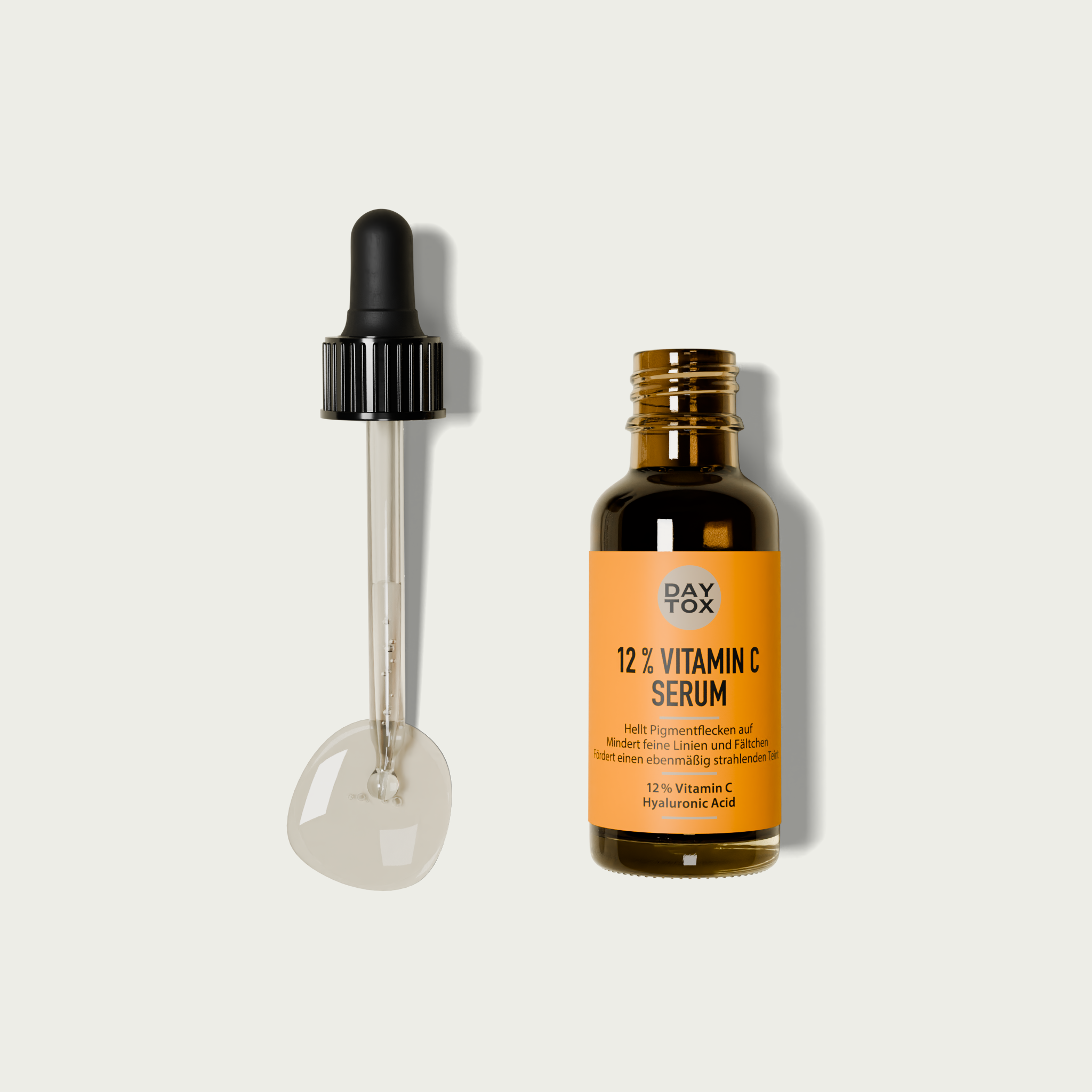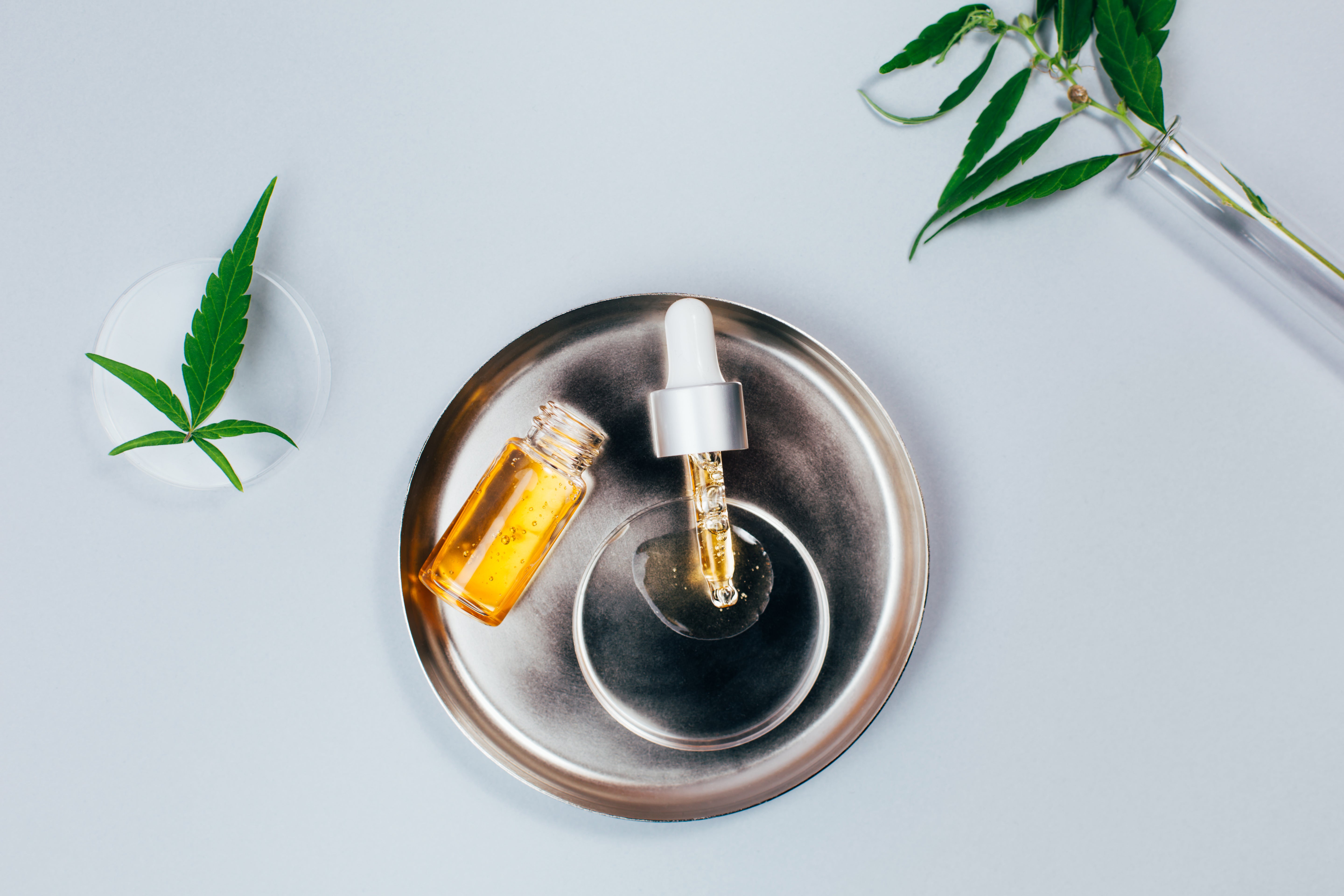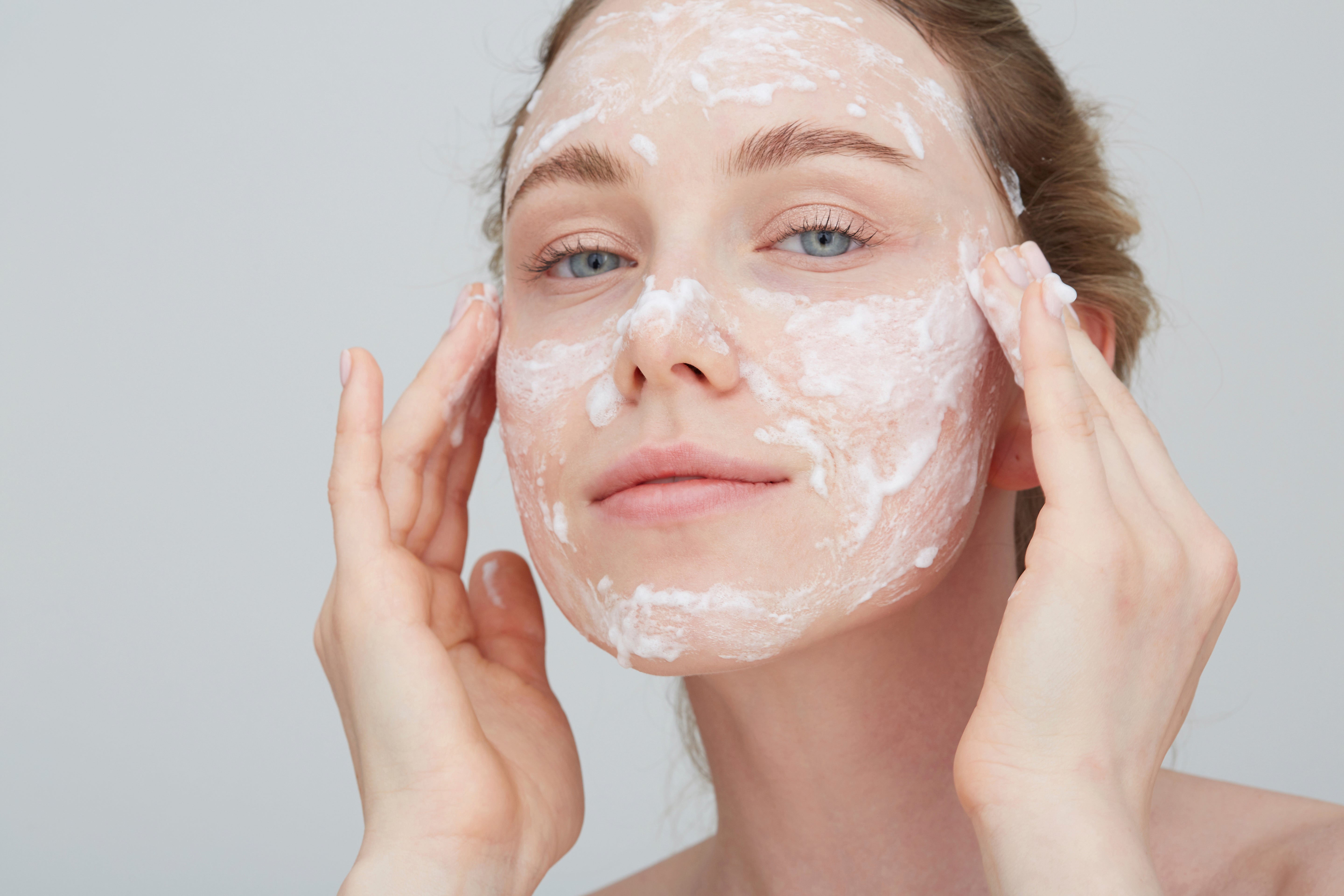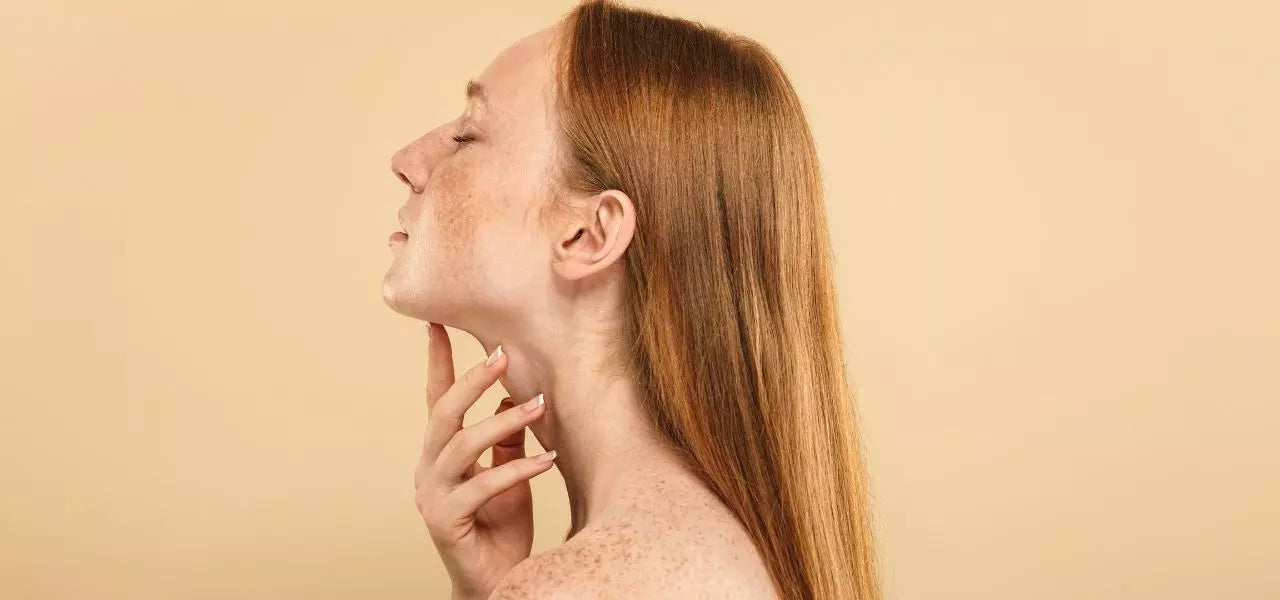Skin type: combination skin
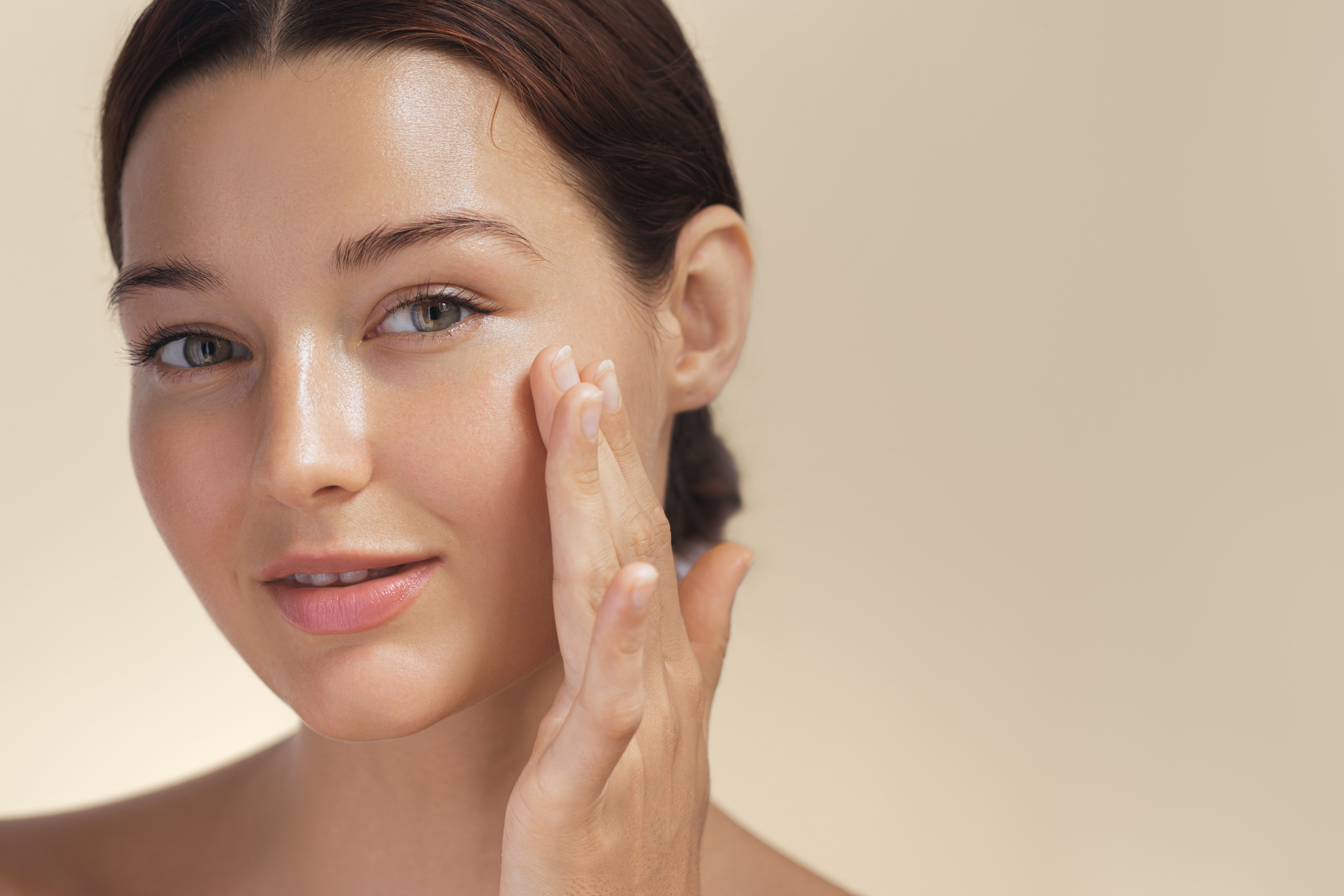
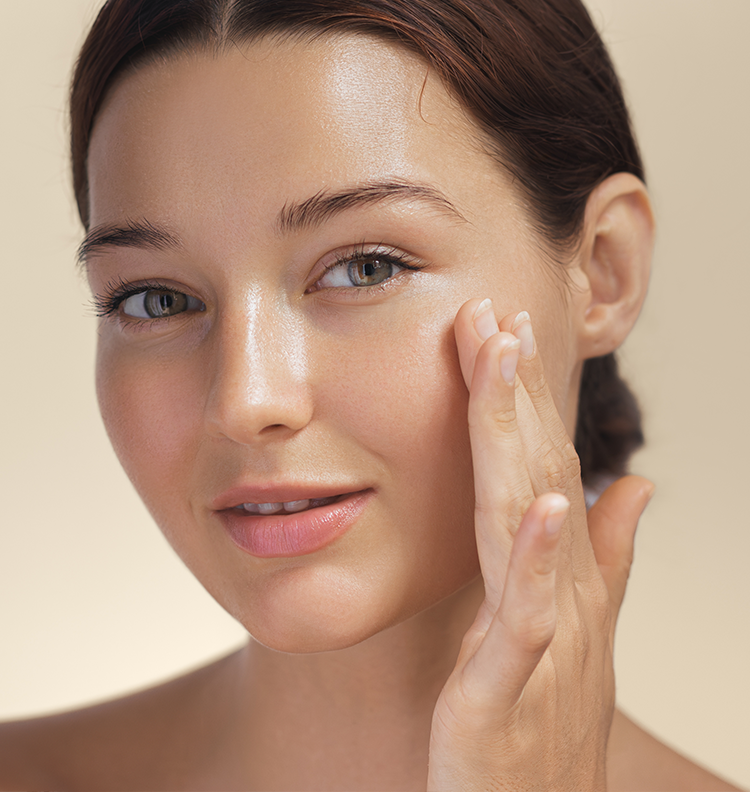
Woran du Mischhaut erkennst
Combination skin is typically characterized by some areas exhibiting dry skin symptoms, while others exhibit oily skin symptoms. Typically, the forehead, nose, and chin (the T-zone) are shiny and oily, possibly even blemished, while the cheeks are dry, dull, and flaky.
By the way: This seemingly contradictory skin type is not that rare!
Causes
Like oily or dry skin, combination skin is usually genetic. Combination skin has more sebaceous glands in the T-zone, producing more sebum than the skin needs to protect its barrier. The excess sebum causes the skin to become shiny and may even clog pores. This then leads to blackheads and blemishes in the affected areas.
Combination skin has fewer sebaceous glands in the cheek area, meaning the skin doesn't produce enough sebum (skin oil) to protect the skin barrier. The skin becomes dry, tight, and flaky.
However, there are also other factors that can lead to combination skin, such as hormones, stress, diet, or improper skincare. In this case, you are responsible for the dry or oily areas yourself. Overly harsh or aggressive skincare products can dry out certain areas of the face while simultaneously boosting oil production in other areas.
It is also suspected that hormone levels influence sebum production. For example, oily and blemished facial skin is more common during puberty, after stopping the pill, or shortly before menstruation.

What your skin needs
Our product recommendations for combination skin
